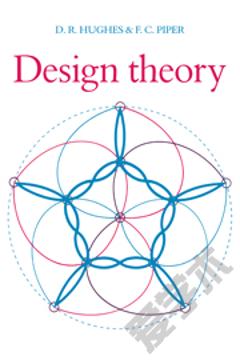Design Rights —— Trials, Appeals, Theories
----- 设计权:功能和保护范围
Protection of industrial and other designs has developed as a distinct and important area of intellectual property law. This book, while providing a solid foundation on the law regarding the protection and enforcement of design rights, focuses on the ever-present, and always contentious, issue of functionality in the context of design rights. While there is considerable harmonization on the fundamental principle that design rights regard aesthetic appearance and not underlying technical function, courts and legislatures the world over have long struggled with determining whether to permit, and how to interpret the scope of, designs rights directed at products whose appearancemay, partially or completely, be the result of functional consideration. This detailed country-by-country analysis provides clarity, insight, and guidance on the legal issues and practical implications of functionality in key jurisdictions worldwide. This book was developed within the framework of the International Association for the Protection of Intellectual Property (AIPPI), a non-affiliated, non-profit organization dedicated to improving and promoting the protection of intellectual property at both national and international levels. The authors of the country chapters have been carefully selected based on their extensive experience and in-depth knowledge about design protection in their respective jurisdictions. Each chapter considers such issues and topics as the following:? availability of protection – granting authority, statutory requirements, drawing requirements, and disclaimers;? tests or approaches applied to determine whether a design right is ineligiblefor protection based on functionality grounds, including related policy considerations;? strategies employed to mount, and fend off, challenges to design rights based on functionality;? determination of a design right’s scope of protection, including the impact of any visual elements of the overall design having appearances that are non-novel and/or functional;? tests or approaches applied to determine whether a visual element of a design right is excluded from the overall scope of protection based on functionality grounds, including related policy considerations;? examples of how visual elements of a design right whose appearance is driven by function are treated in infringement and validity contexts. Each chapter includes case law examples, hypothetical fact patterns, and graphic images of designs to bring issues to life. An introductory chapter covers the basic tenets of design rights, terminology, and discussion of design rights in relation to other areas of intellectual property. As a comparative law study and a collection of contributions from around the world on an important and controversial field, this book proves to be of tremendous practical interest for the industry involved and for the public. Applicants for design protection, parties involved in or contemplating enforcement proceedings, and interested legal practitioners will benefit greatly from its thorough comparative analysis and guidance. It is also exceptionally valuable as a matchless and thorough resource for academics and researchers interested in the international harmonization of intellectual property law.
{{comment.content}}








 京公网安备 11010802027623号
京公网安备 11010802027623号